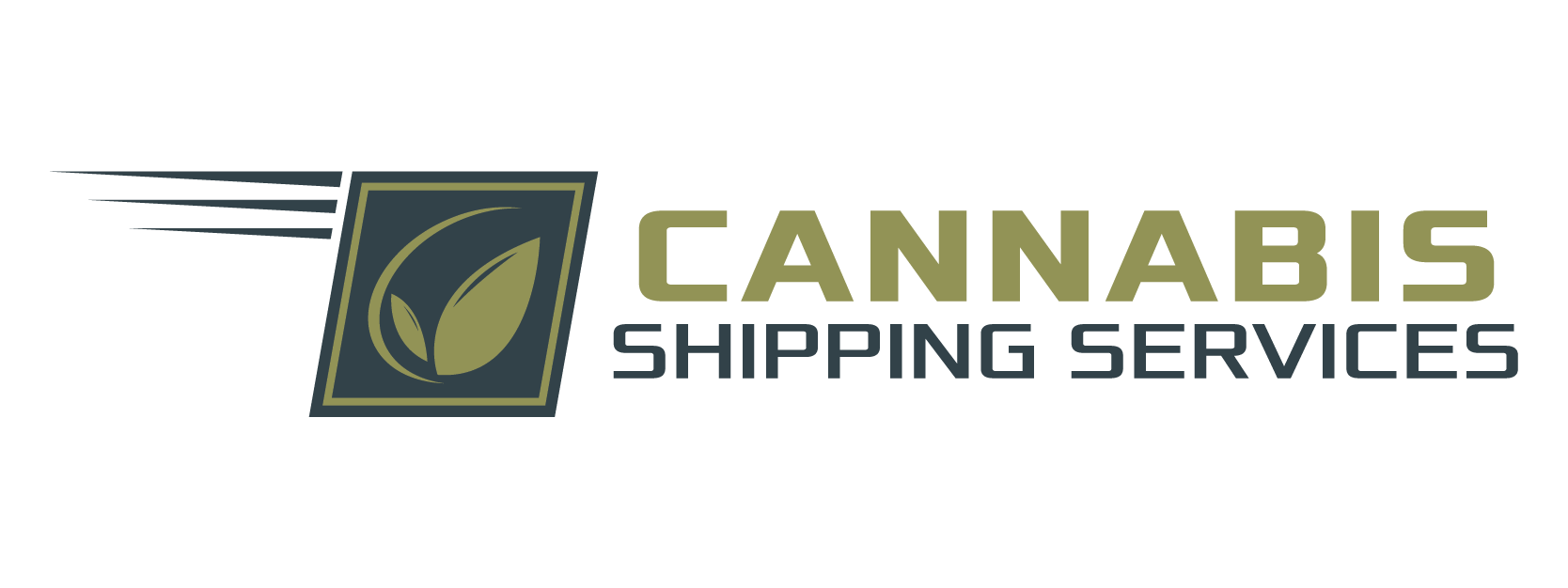In the legal cannabis industry, two critical processes keep the market moving: distribution and consumer delivery. While these terms are often used interchangeably, they play distinct roles within the cannabis supply chain. Understanding their similarities, differences, and where their functions overlap can help businesses, regulators, and consumers navigate the complexities of getting cannabis from cultivators to customers.
What Is Cannabis Distribution?
Cannabis distribution refers to the licensed wholesale movement of cannabis products between businesses—typically from cultivators, manufacturers, or processors to dispensaries or retailers. Distributors ensure products are transported securely, tested for compliance, taxed appropriately, and tracked through state-mandated systems like California’s Metrc or Colorado’s Franwell.
Distributors operate within a business-to-business (B2B) framework. Their role is pivotal for maintaining product integrity, compliance, and quality control before products ever reach store shelves or online menus. In many states, distributors must also store products in licensed facilities, creating a buffer between producers and retailers.
What Is Cannabis Consumer Delivery?
Consumer delivery, on the other hand, involves the final leg of the supply chain—delivering cannabis directly to end customers. This service can be offered by licensed dispensaries themselves or by standalone licensed delivery services operating within a business-to-consumer (B2C) model. Delivery drivers are typically responsible for verifying customer IDs, collecting payments, and adhering to strict protocols around safety and compliance.
Unlike distribution, which deals with bulk shipments between licensees, delivery focuses on individual or small-order fulfillment directly to consumers’ homes, ensuring convenience and discretion.
Similarities Between Distribution and Delivery
- Licensing and Compliance: Both distributors and delivery services must operate under state or local cannabis regulations. They require specialized licenses and are subject to inspections.
- Security Measures: Whether moving pounds of bulk flower or a single eighth, both services must implement security protocols, such as GPS tracking, secure vehicles, and chain-of-custody documentation.
- Importance to Supply Chain: Both functions are essential links in the cannabis ecosystem—without distribution, retailers cannot stock products; without delivery, customers in many markets cannot access legal cannabis conveniently.
Key Differences Between Distribution and Delivery
- Scope and Audience: Distribution handles bulk movement of products between licensed businesses, whereas delivery fulfills individual consumer orders.
- Volume: Distributors transport large quantities of product at once, while delivery drivers manage small, customized orders.
- Purpose: Distribution is about wholesale logistics and compliance testing, while delivery focuses on customer service, convenience, and timely fulfillment.
- Storage: Distributors often operate licensed warehouses, while delivery services typically store products at a dispensary or in a delivery hub with tighter inventory turnover.
When Are the Terms Interchanged?
Despite their differences, people sometimes conflate “distribution” and “delivery” because both involve transporting cannabis. For example, some states have hybrid licenses allowing companies to both distribute to businesses and deliver to consumers, blurring the lines between B2B and B2C operations. Additionally, in everyday conversation, customers and even industry insiders may loosely refer to both functions as “getting product to market” or “fulfilling orders.”
Conclusion
While cannabis distribution and consumer delivery share regulatory burdens and logistical challenges, they are distinct components of the supply chain serving different needs. Understanding how they operate separately—and occasionally overlap—can help stakeholders make informed decisions, ensure compliance, and build efficient systems that keep products moving legally and safely from cultivation to consumption.
Read more on the rise of cannabis delivery here.

